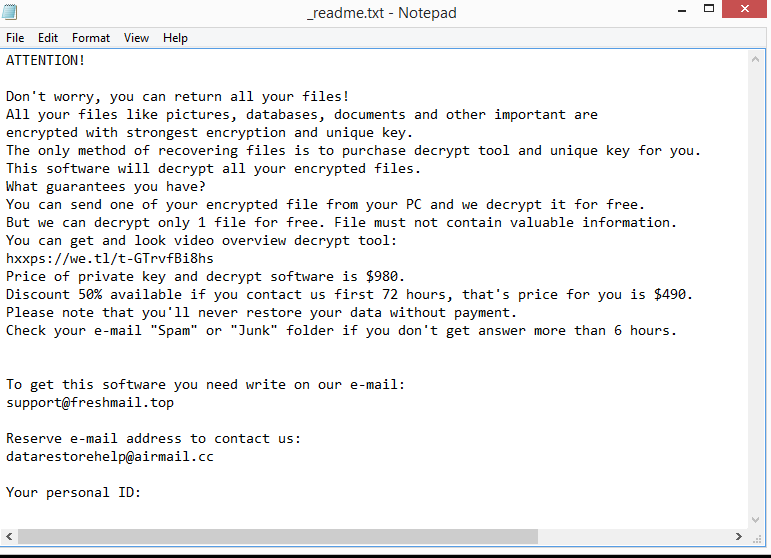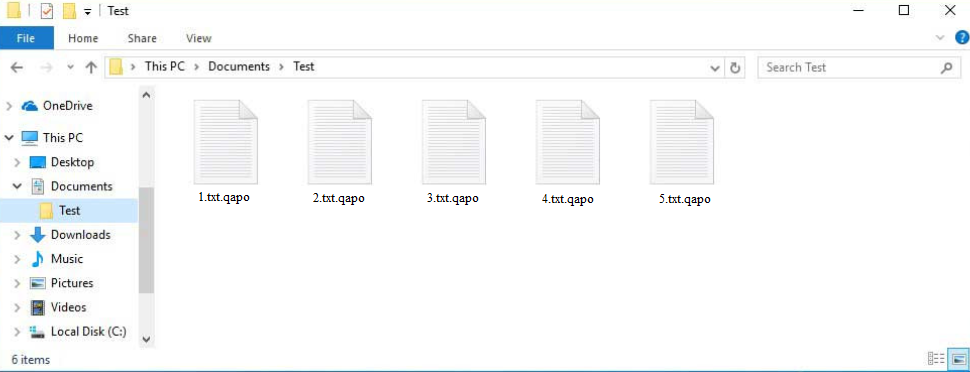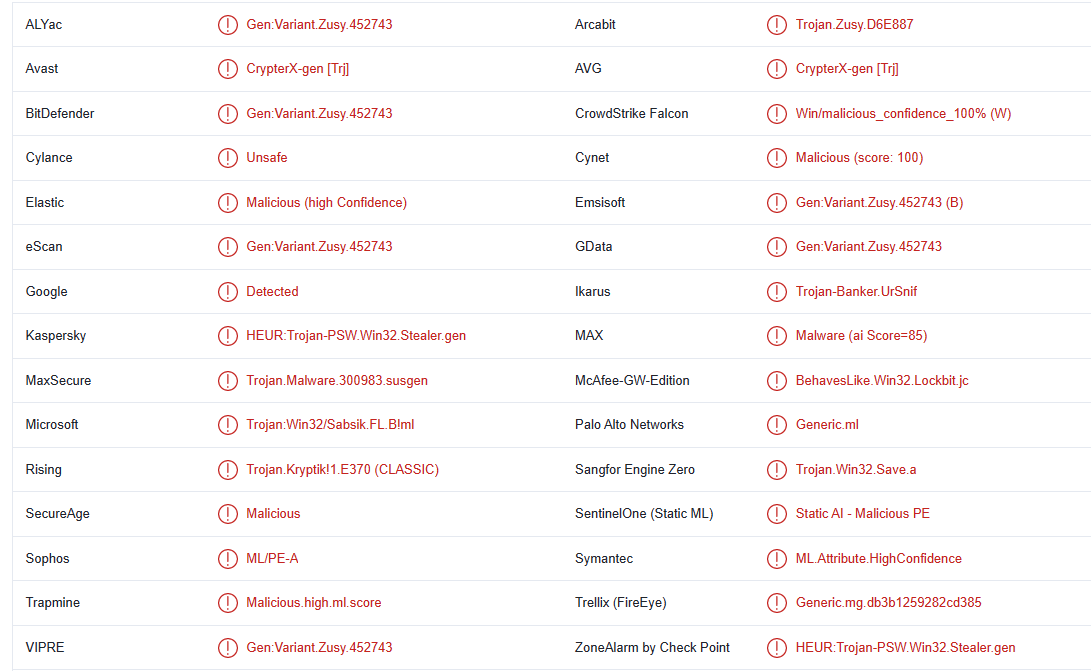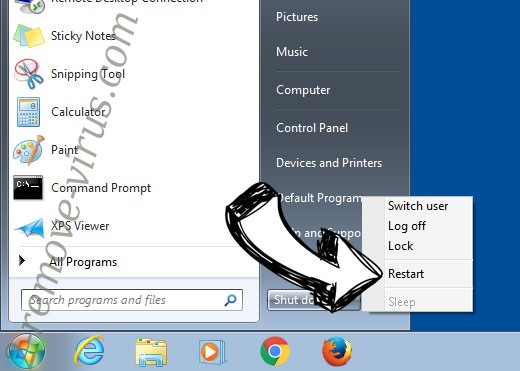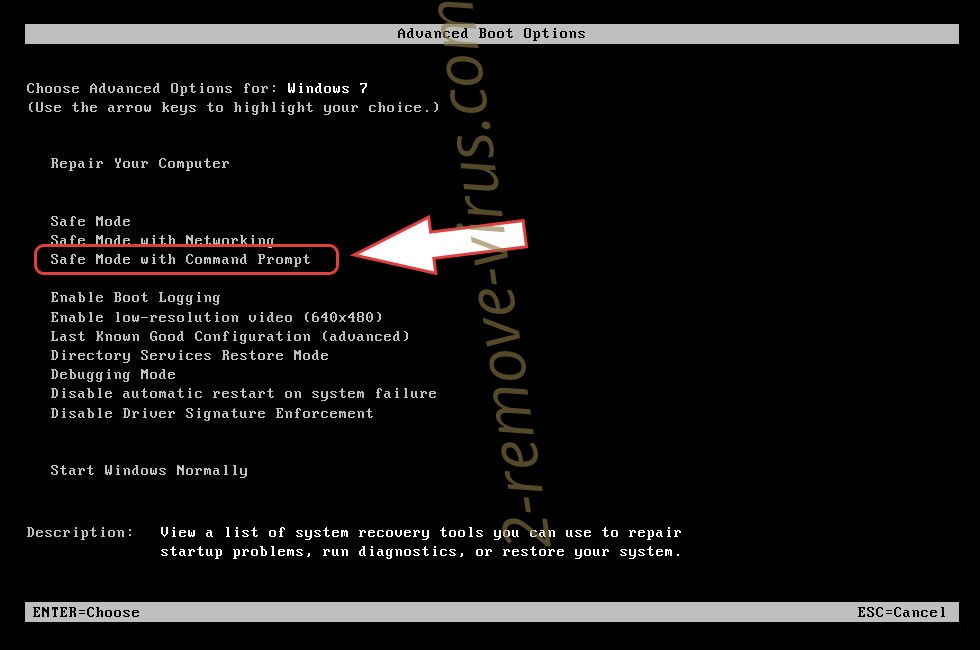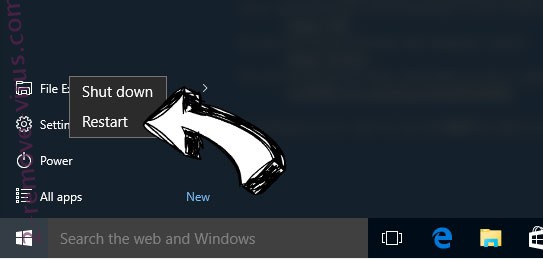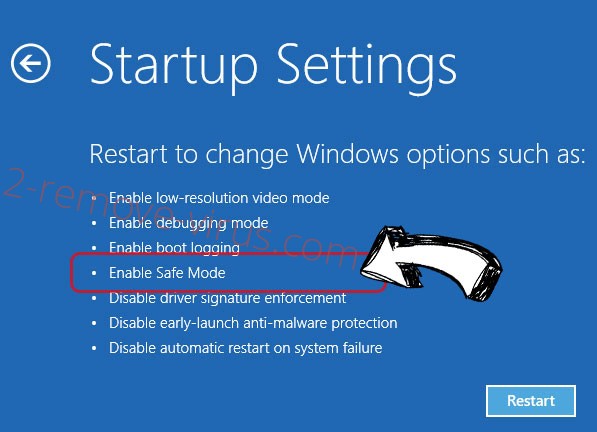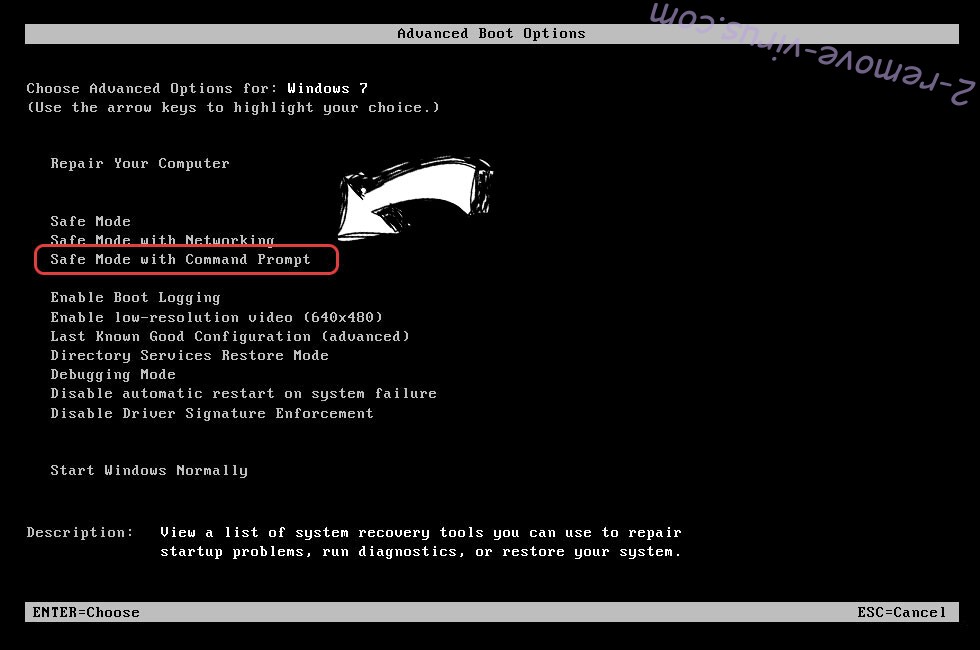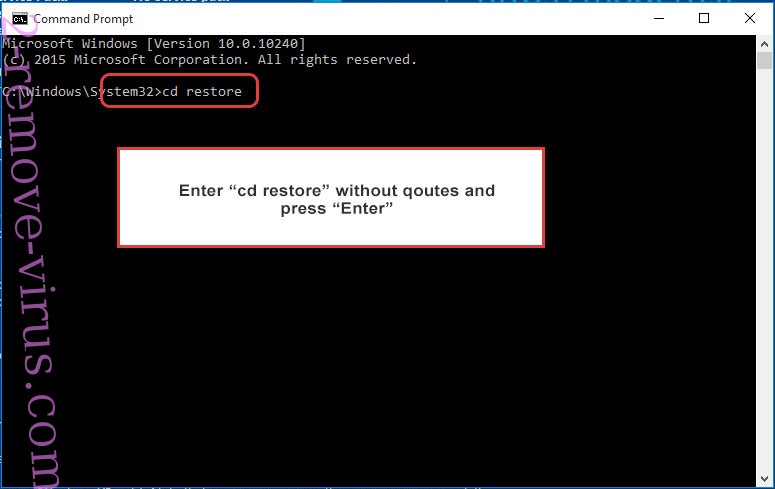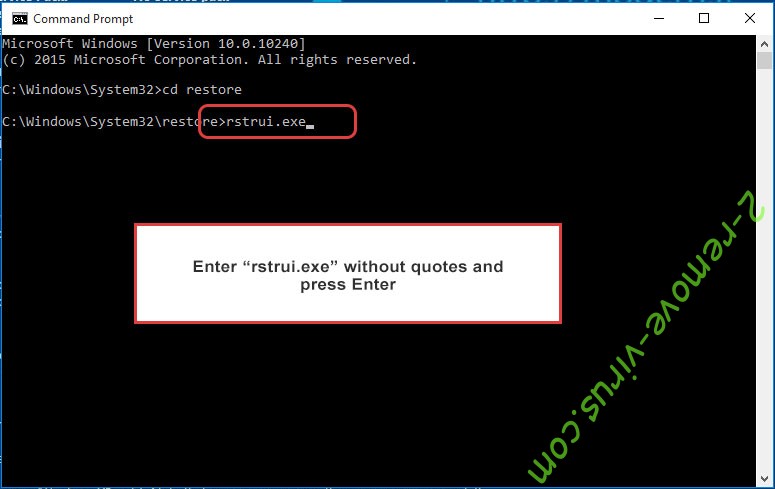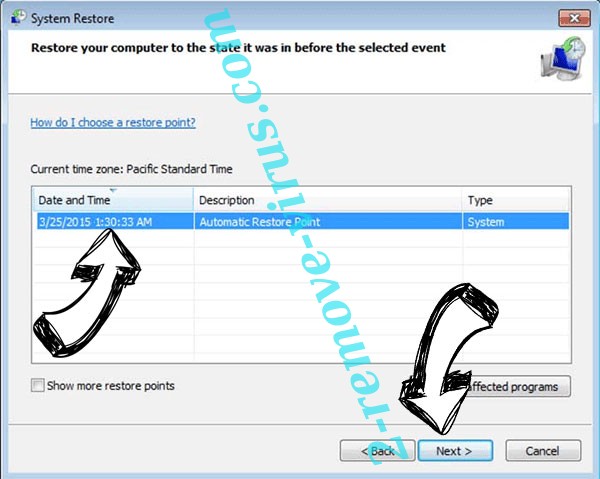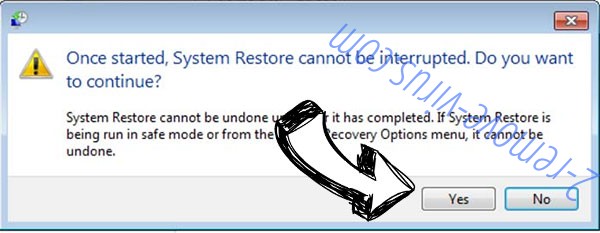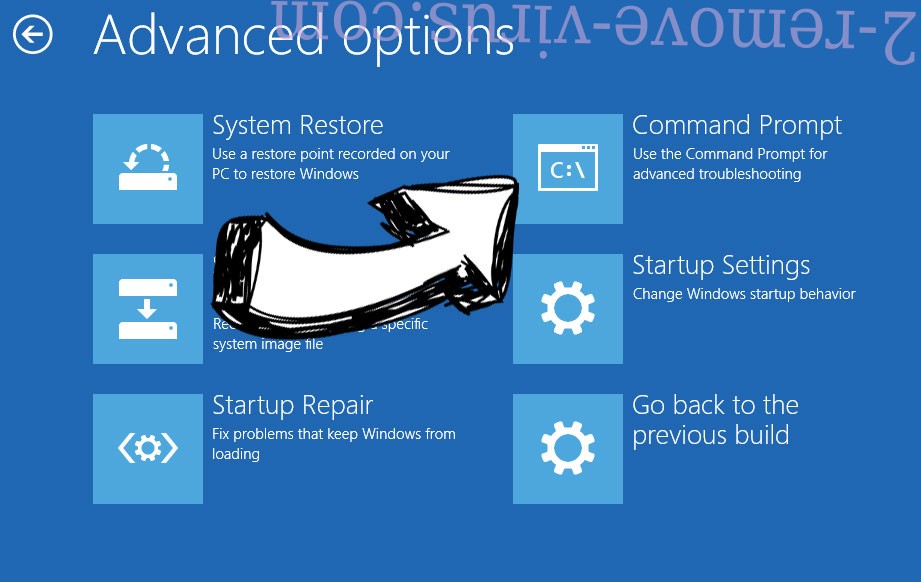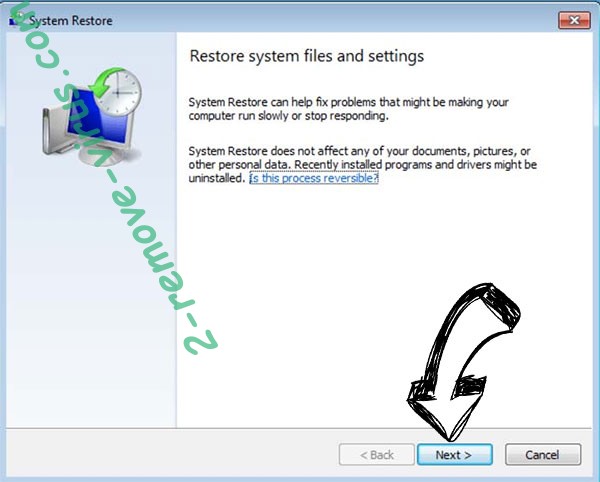Qapo ransomware is malware that encrypts files. It comes from the notorious Djvu/STOP ransomware family and is one of the newest versions. This version can be differentiated by the .qapo extension added to encrypted files. This ransomware will target all personal files, and once they’re encrypted, it will demand payment for a decryptor to decrypt them. File recovery shouldn’t be a problem for those who have backups. Those without backups, however, are unlikely to recover their files. Although paying the ransom is an option, it is not recommended because of the numerous risks involved, which will be discussed more in this article.
Most Djvu/STOP versions, including Qapo ransomware, are more or less identical to one another. However, they can be identified by the extensions they add to encrypted files. For example, this one adds .qapo. An encrypted text.txt file would become text.txt.qapo. Unfortunately, you will not be able to open any files that have the .qapo extension, unless you have a specific decryptor that only the malware operators currently have. And most of your personal files (e.g. photos, videos, documents, etc.) will have this extension because they are the main ransomware target.
The ransomware will leave a _readme.txt ransom note in each folder that has encrypted data. How victims can obtain the decryptor is explained in the note. According to the note, a ransom must be paid in order to get a decryptor. The decryptor is being sold for $980. However, victims who get in touch with cyber criminals within the first 72 hours are eligible for a 50% discount. Whether the discount part is true or not is debatable but it is not recommended to pay the ransom because it’s very risky.
You should keep in mind that you are dealing with cyber criminals, and even if you pay them, there is no reason why those who initially encrypted your files would feel any sort of obligation to help you. The ransomware creators frequently just steal the victims’ money without providing them with the decryptors. That has happened many times in the past. You are free to decide whether to pay the ransom, but we feel it is important to inform you about the risks that come with it. It’s also important to note that victims’ continued payment of the ransom is one of the factors contributing to ransomware’s increased prevalence nowadays. Ransomware would not be as widespread if all users regularly backed up their data because there would be no reason to pay the ransom.
As soon as you remove Qapo ransomware from your computer, you can begin file recovery if you have copies of your files in a backup. It’s important to use anti-malware software to delete Qapo ransomware because if you try to do it manually, you risk causing further damage to your computer. If you try to do it manually, you might not be successful in completely removing it, which could allow it to recover later on. Your backup files would become encrypted if you tried to access the backup while the ransomware was still active on your computer. For this reason, use a trustworthy anti-malware program to prevent causing more harm.
Unfortunately, your options are extremely limited if you don’t have a backup. The only choice is to hold out until a free decryptor is made available. Because this ransomware encrypts files using online keys, it is uncertain if a decryptor will be made available. It is challenging for malware developers to create a decryptor because the keys are unique to each victim. A free Qapo ransomware decryptor is unlikely to be developed unless those keys are released. Because it has happened before, it is somewhat possible that the cybercriminals themselves will eventually release the keys. Therefore, we advise you to make a backup of your encrypted files and check NoMoreRansom for a free decryptor occasionally.
Ransomware distribution methods
Email attachments are one of the most popular ways that cybercriminals spread ransomware. Thousands of email addresses are purchased by malicious actors from various hacker forums. After being exposed by services or as a result of a data breach, those email addresses end up on those forums. Malware-carrying emails typically contain attachments that if opened, would initiate the malware. Fortunately for users, these emails are typically extremely obvious because they’re full of spelling and grammar mistakes and just seem weird overall. Senders frequently claim to represent legitimate businesses whose services users use. Yet, the emails have obvious mistakes that you would not normally see in legitimate emails from legitimate companies.
Another indication that an email may be harmful is when a sender who should know your name uses generic words like User, Member, Customer, etc. Legitimate emails from companies whose services users use will always use users’ names to address them because it gives the emails a more personal feel.
It’s worth mentioning that there are considerably more sophisticated malicious email campaigns. Thus, a service like VirusTotal or anti-malware software should be used to scan all unsolicited email attachments before opening them.
Torrents are another method for distributing ransomware. Since torrent websites are notoriously poorly regulated, as you are probably already aware, malicious actors can easily upload malware disguised as torrents for popular content like movies, TV series, video games, software, etc. We strongly advise against downloading pirated content, especially using torrents, because doing so is risky for your computer and your data. It’s also essentially content theft.
How to remove Qapo ransomware
We advise against attempting to manually remove Qapo ransomware because you risk causing more harm. Using a good anti-virus program is a much better option because ransomware is a sophisticated malware infection that requires a professional program to remove. You can start file recovery after you fully delete Qapo ransomware from your computer by connecting to your backup.
Qapo ransomware is detected as:
- CrypterX-gen [Trj] by Avast/AVG
- Gen:Variant.Zusy.452743 by BitDefender
- HEUR:Trojan-PSW.Win32.Stealer.gen by Kaspersky
- Trojan:Win32/Sabsik.FL.B!ml by Microsoft
Quick Menu
Step 1. Delete Qapo ransomware using Safe Mode with Networking.
Remove Qapo ransomware from Windows 7/Windows Vista/Windows XP
- Click on Start and select Shutdown.
- Choose Restart and click OK.

- Start tapping F8 when your PC starts loading.
- Under Advanced Boot Options, choose Safe Mode with Networking.

- Open your browser and download the anti-malware utility.
- Use the utility to remove Qapo ransomware
Remove Qapo ransomware from Windows 8/Windows 10
- On the Windows login screen, press the Power button.
- Tap and hold Shift and select Restart.

- Go to Troubleshoot → Advanced options → Start Settings.
- Choose Enable Safe Mode or Safe Mode with Networking under Startup Settings.

- Click Restart.
- Open your web browser and download the malware remover.
- Use the software to delete Qapo ransomware
Step 2. Restore Your Files using System Restore
Delete Qapo ransomware from Windows 7/Windows Vista/Windows XP
- Click Start and choose Shutdown.
- Select Restart and OK

- When your PC starts loading, press F8 repeatedly to open Advanced Boot Options
- Choose Command Prompt from the list.

- Type in cd restore and tap Enter.

- Type in rstrui.exe and press Enter.

- Click Next in the new window and select the restore point prior to the infection.

- Click Next again and click Yes to begin the system restore.

Delete Qapo ransomware from Windows 8/Windows 10
- Click the Power button on the Windows login screen.
- Press and hold Shift and click Restart.

- Choose Troubleshoot and go to Advanced options.
- Select Command Prompt and click Restart.

- In Command Prompt, input cd restore and tap Enter.

- Type in rstrui.exe and tap Enter again.

- Click Next in the new System Restore window.

- Choose the restore point prior to the infection.

- Click Next and then click Yes to restore your system.

Offers
Download Removal Toolto scan for Qapo ransomwareUse our recommended removal tool to scan for Qapo ransomware. Trial version of provides detection of computer threats like Qapo ransomware and assists in its removal for FREE. You can delete detected registry entries, files and processes yourself or purchase a full version.
More information about SpyWarrior and Uninstall Instructions. Please review SpyWarrior EULA and Privacy Policy. SpyWarrior scanner is free. If it detects a malware, purchase its full version to remove it.

WiperSoft Review Details WiperSoft (www.wipersoft.com) is a security tool that provides real-time security from potential threats. Nowadays, many users tend to download free software from the Intern ...
Download|more


Is MacKeeper a virus? MacKeeper is not a virus, nor is it a scam. While there are various opinions about the program on the Internet, a lot of the people who so notoriously hate the program have neve ...
Download|more


While the creators of MalwareBytes anti-malware have not been in this business for long time, they make up for it with their enthusiastic approach. Statistic from such websites like CNET shows that th ...
Download|more
Site Disclaimer
2-remove-virus.com is not sponsored, owned, affiliated, or linked to malware developers or distributors that are referenced in this article. The article does not promote or endorse any type of malware. We aim at providing useful information that will help computer users to detect and eliminate the unwanted malicious programs from their computers. This can be done manually by following the instructions presented in the article or automatically by implementing the suggested anti-malware tools.
The article is only meant to be used for educational purposes. If you follow the instructions given in the article, you agree to be contracted by the disclaimer. We do not guarantee that the artcile will present you with a solution that removes the malign threats completely. Malware changes constantly, which is why, in some cases, it may be difficult to clean the computer fully by using only the manual removal instructions.
